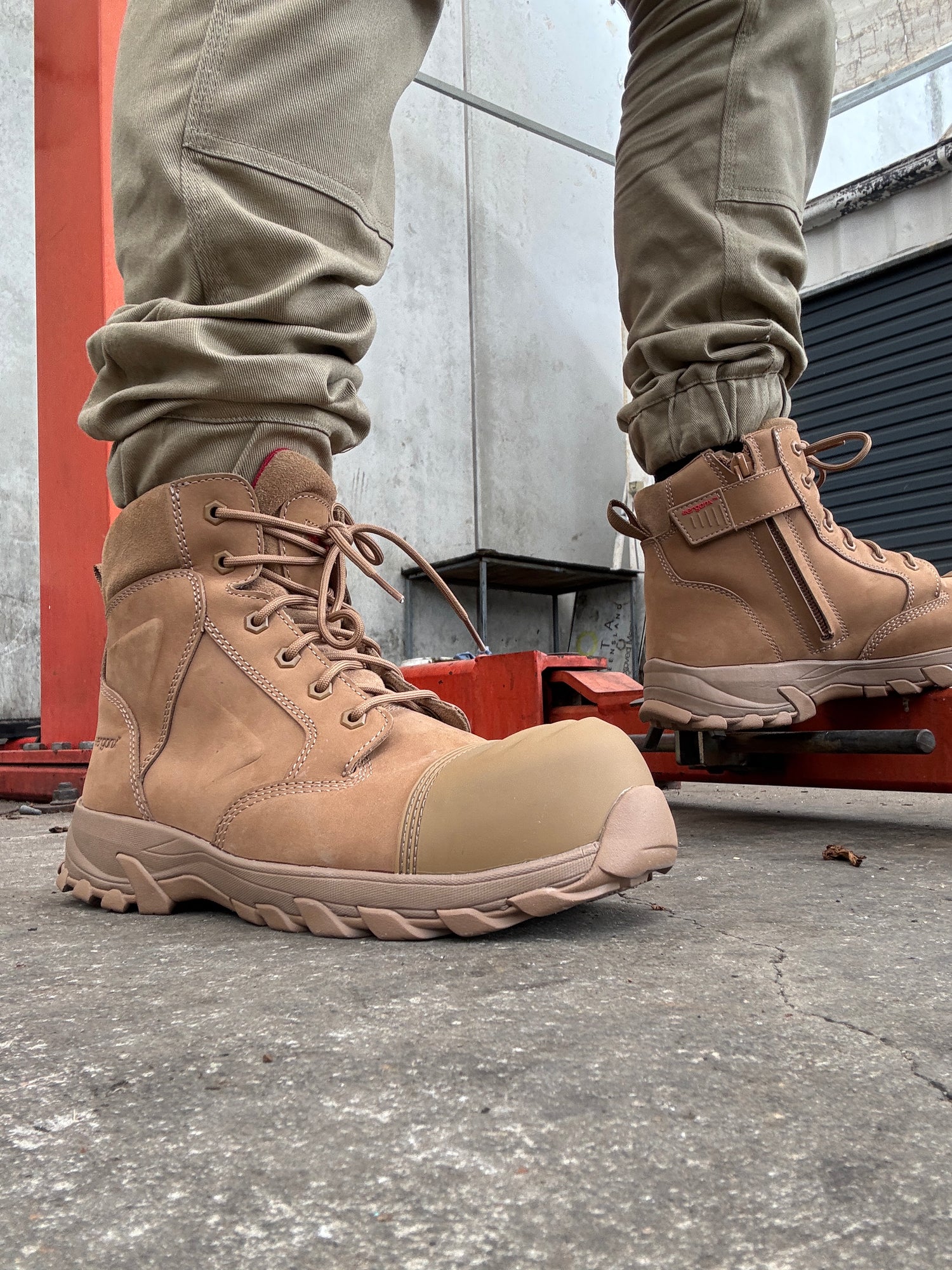Waking up with heel pain in the morning is more common than you might think. Whether it’s a dull ache or sudden pain when your heels hit the floor, this discomfort can be a sign of deeper foot problems. If your heels hurt after a night of rest, the underlying cause is often one of the most common causes of heel pain: plantar fasciitis.
Let’s break down why it happens and what you can do to treat heel pain effectively.
The Most Common Cause of Morning Heel Pain
The #1 culprit behind morning heel pain is plantar fasciitis. This painful condition is caused by inflammation of the plantar fascia — the thick band of connective tissue that runs from your heel bone to the front of your foot.
When the plantar fascia is overstretched, microtears can develop. These are worsened by standing on hard surfaces, ill fitting shoes, or overuse during physical activity. Overnight, your foot rests in a shortened position, so the plantar fascia tightens. When you take your first steps in the morning, it quickly stretches, causing a sharp spike in pain.
Why Is the Pain Worse in the Morning?
When you sleep, your foot is at rest and the plantar fascia tightens. As you rise, the quick stretch on inflamed tissue leads to that sharp pain in the morning. If left untreated, this repeated tearing can lead to:
- Heel spurs or bone spur development
- Ongoing chronic inflammation
- Compensation injuries to the achilles tendon, calf muscle, and knees
- Increased risk of stress fractures
This is also why chronic heel pain often builds over a few weeks, worsening without conservative treatment.
Other Causes of Heel Pain in the Morning

While plantar fasciitis is the most common cause, there are several causes of heel pain to consider:
- Achilles tendinitis: Inflammation of the achilles tendon near the back of the heel
- Stress fracture: Often caused by overtraining or increased body weight
- Sever's disease: Especially in middle aged or active adolescents — inflammation near the growth plate
- Pump bump: A bony growth from pressure at the back of the heel
- Flat feet or high arches, which strain the plantar fascia
How to Treat Heel Pain and Start Healing

Here are the most effective methods for treating plantar fasciitis and reducing pain when your heels hurt:
1. Use Arch Support Orthotics
A custom or prefabricated shoe insert helps distribute pressure, reduce tension on the plantar fascia, and promote healing. They also help correct overpronation and provide supportive footwear that aligns your foot properly.
2. Switch to Supportive Shoes
Avoid walking barefoot or wearing ill fitting shoes. Instead, opt for supportive shoes with a cushioned heel, wide base, and appropriate arch support. Your work boots should meet proper footwear standards and ideally include shoe inserts.
3. Stretch Your Calf Muscle
Tight calf muscles place tension on the plantar fascia and achilles tendon. Calf stretches and foot rolling exercises done daily can make a huge difference.
4. Ice and Elevate
Apply ice packs for 15–20 minutes after long periods of standing. Elevating your foot after work reduces heel swelling and promotes pain relief.
5. Consider Over-the-Counter Relief
Use over the counter pain relievers and anti inflammatory medicine if discomfort persists. For more severe cases, steroid injections or ultrasound therapy may be recommended by your healthcare provider.
6. Try a Night Splint
A night splint holds your foot in a dorsiflexed position to gently stretch the plantar fascia while you sleep, preventing morning heel pain.
What Increases Your Risk of Heel Pain?
Several risk factors can contribute to this condition:
- Excess body weight
- Jobs that involve prolonged standing
- Training on hard surfaces
- Inadequate cross training
- Wearing shoes without support
Other risk factors include high arches, poor flexibility, and certain types of footwear used on the job.
When to Seek Help
If you experience pain every morning or find it difficult to walk after rest, it’s time to seek advice. A podiatrist can confirm if you’ve had plantar fasciitis diagnosed, check for heel spurs, or rule out a stress fracture or achilles tendinitis.
Treatment may include:
- Physical therapy
- Custom orthotics
- Proper supportive footwear
- Rest and load management
Don’t ignore heel pain — especially when it strikes first thing in the day. With the right treatment, proper footwear, and attention to your daily habits, you can treat heel pain and restore comfort to every step.


